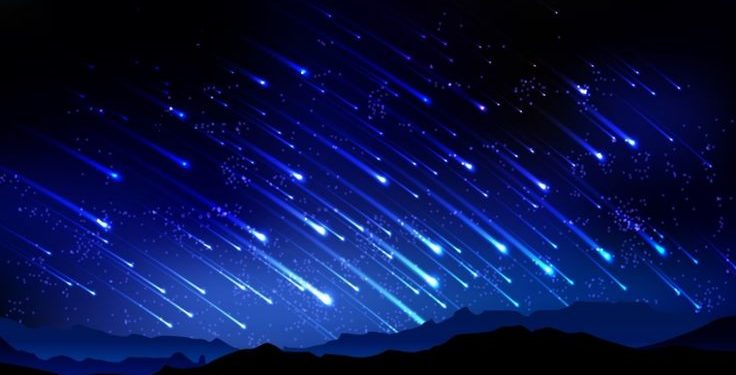Jakarta, Indonesia Sentinel — The Alpha Centaurid meteor shower is set to illuminate the night sky in early February, peaking over the weekend. This event marks the only meteor shower visible in February.
A meteor shower occurs when meteoroids enter Earth’s atmosphere in large numbers, creating bright streaks of light as they burn up due to friction. These celestial events are among the most anticipated by skywatchers worldwide.
According to CNN Indonesia, the Alpha Centaurid meteor shower is active from January 28 to February 21, with its peak expected on February 8-9, 2025. Skywatchers could witness up to six meteors per hour during the peak period, according to Star Walk Space, .
Best Way to Observe
Observers in the Southern Hemisphere will have the best chance of seeing the meteors streaking across the night sky. The meteors originate from the constellation Centaurus, the ninth-largest constellation, home to Alpha Centauri—the closest star system to the Sun. The radiant point of the shower is located approximately 4° northwest of the star Hadar (Beta Centauri).
Due to the Moon’s brightness at 84% illumination during the peak, the best time for viewing will be before dawn, when the Moon has set, allowing for darker skies.
For those in areas with clear weather and minimal light pollution, the meteor shower can be observed with the naked eye. However, for enhanced visibility, binoculars or telescopes can be used to capture more details.
Other February Astronomical Events
In addition to the Alpha Centaurid meteor shower, several other celestial events will take place throughout February. One notable occurrence is the full moon, known as the Snow Moon, which will grace the night sky on February 12.
The name “Snow Moon” originates from Native American tribes in the northeastern United States, referring to the heavy snowfall that typically occurs during this month. During this event, the Moon will be visible in the east-northeast sky, near the bright star Regulus.
Read Also:
NASA Predicts Asteroid Will Hit Earth in 2032, Impact Potentially Destroy a City
Another astronomical highlight will be the visibility of the Beehive Cluster (Messier 44), an open star cluster located in the Cancer constellation. This phenomenon will be observable with standard binoculars on February 14.
As the month comes to an end, stargazers will be treated to a rare planetary alignment. On February 28, seven planets—Saturn, Mercury, Neptune, Venus, Uranus, Jupiter, and Mars—will line up in a celestial parade, offering a breathtaking view in the night sky.
(Raidi/Agung)

























